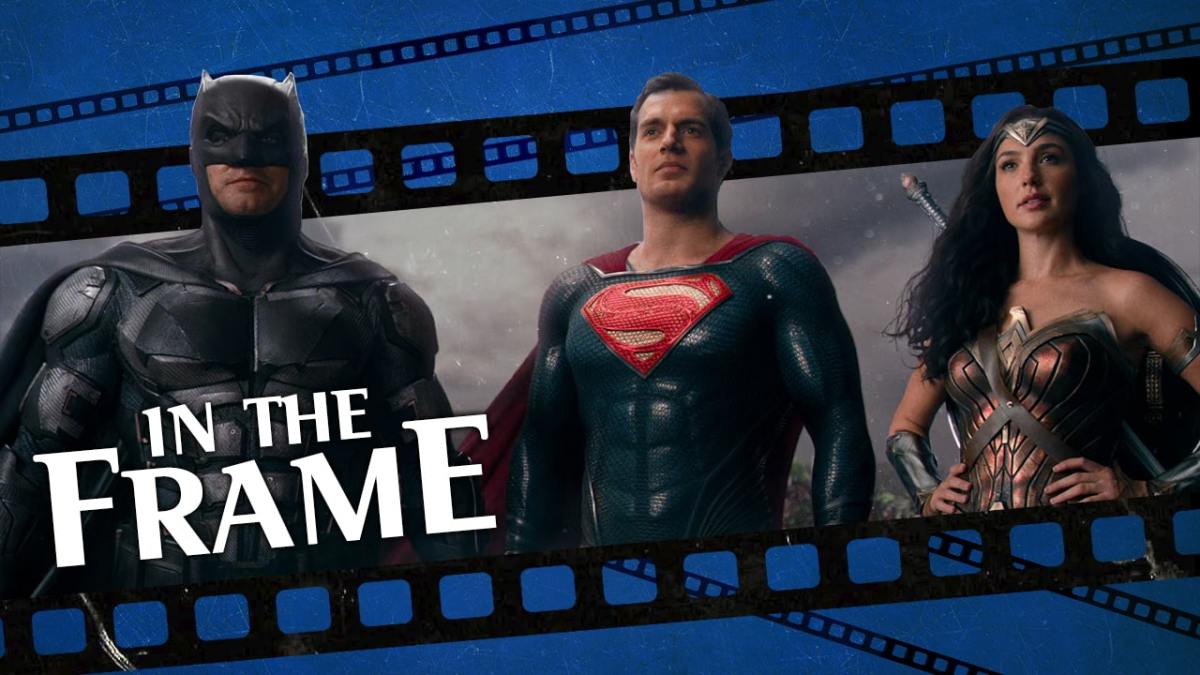Reportedly, the Justice League Snyder Cut will include new footage with actors like Ray Fisher, Ben Affleck, Henry Cavill, and Gal Gadot. This material will involve about a week of shooting.
This isn’t too much of a surprise. Although there are very heated debates about to what extent the Snyder Cut was or wasn’t “finished” when Warner Bros. signed off on it for HBO Max, there was always a need for extra material to justify the extension from Snyder’s three-hour-and-thirty-four-minutes cinematic version to four (likely “extended”) hour-long episodes on HBO Max. The only question was whether this could be accomplished in post-production or if new material was needed.
While the reported $70M budget might sound like a lot to casual observers, it is not an unreasonable price for a project on this scale. As early as May, WarnerMedia chairman Bob Greenblatt predicted the “complicated and wildly expensive” process would cost far more than early projections of $20-$30M. It’s still a bargain by contemporary Hollywood standards, where a movie like Ant-Man costs $169.3M. The Snyder Cut offers four hours of blockbuster spectacle for roughly the price of Joker.
Of course, critics might argue that the additional $70M should be added to the reported $300M budget for the theatrical release of Justice League. However, this ignores the reality that, at this point, the theatrical cut of Justice League exists in the studio archives as raw material. It has already been paid for and has already been exploited as a commercial entity of itself. If that raw material can be reshaped and remolded to produce something commercially viable, then why shouldn’t it?

More to the point, the Snyder Cut seems to embody the immediate future of Hollywood. The global pandemic continues to rage. There is a question about how long it will take to return to normal afterwards, and it seems likely that process will be a gradual return rather than a sudden switch. There is some suggestion that a vaccination program may not be viable until 2024. Even then, it seems likely that the political, social, and economic impact of the pandemic will be felt for decades.
Hollywood is adapting in its own ways. The most visible challenges to the industry are on the distribution side, with studios constantly reshuffling their release calendars as the pandemic makes traditional theatrical release models unviable, and streaming has been unable to make up the shortfall. However, it also affects the production of new film and television, which will become a problem as the already-produced content is gradually released.
Some production has resumed in recent weeks and months, notably on blockbusters shooting internationally like the as-yet-untitled seventh Mission: Impossible film or Jurassic World: Dominion. However, these productions have been beset by problems. The Batman had to shut down production just days after shooting resumed when star Robert Pattinson was diagnosed with coronavirus. Dominion had to alter its shooting plans around an outbreak in Malta.
However, Hollywood cannot simply halt film and television production during the crisis, as that would mean potentially losing ground to industries in countries handling the pandemic better. The highest-grossing movie of 2020 to date is the Chinese epic The Eight Hundred. Film production is already roaring back to life in China, with 48 film crews already filming by early September and 63 more reportedly in prep. Hollywood cannot afford to keep waiting to produce new content.

The pandemic causes a variety of problems for an industry as globalized as Hollywood. Even outside of the risks of placing many people working long hours in a tightly confined space like a film set, there are logistical issues to consider. To pick one small example, actor Liv Tyler has dropped out of the show 911: Lone Star because she no longer considers it safe to commute to the United States from her home in Britain.
As a result, the industry is embracing approaches that do not involve the financial and personal risk of traditional production. As animators can often work from the comfort of their homes or in socially distanced spaces, animation has thrived, becoming a stopgap for live-action shows like The Blacklist or One Day at a Time. However, while Trolls World Tour seems to be the one unqualified streaming success story of the pandemic, animation is not a model that will work in all cases.
Instead, the Justice League Snyder Cut suggests an alternative model for studios looking to produce and release new content during the current crisis. After all, even allowing for the week of film, the bulk of the work on the Snyder Cut is post-production. As such, this work can be done safely even during a global pandemic. It is as viable a model as any for an industry caught in unprecedented upheaval. It is effectively a new blockbuster movie, at a fraction of the regular cost and without the risk of filming.
It is no surprise that the weeks following the announcement of the Justice League Snyder Cut saw similar announcements that key creative figures would be re-editing and restructuring existing films to create new versions. Director Francis Ford Coppola is working on recutting The Godfather Part III, rebranding it as Mario Puzo’s The Godfather, Coda: The Death of Michael Corleone, to be released in December. Sylvester Stallone is planning a (reportedly robot-less) re-edit of Rocky IV.

After all, many of the few profitable theatrical releases during the pandemic have been re-releases of movies that already turned a profit for their distributors. The 40th anniversary re-release of The Empire Strikes Back topped the United States box office again this past summer, while the re-release of Harry Potter and the Sorcerer’s Stone at the Chinese box office pushed the film’s cumulative gross past $1B. The Chinese re-release of Interstellar performed similarly well.
Artistically, this might be the logical endpoint of a blockbuster industry built on the constant recycling of familiar intellectual property as mass media entertainment. So many modern movies are just reiterations of familiar formulae with recognizable brands layered on top. A cynical observer might argue that Joker is just Taxi Driver and The King of Comedy with a customizable Batman skin. Even within franchises, there is a constant recycling of imagery and invocation of memory.
The Force Awakens faithfully emulates the original Star Wars, while Star Trek movies have been trying to recreate The Wrath of Khan dating back to First Contact, and there were three different Spider-Man franchises within a decade. In the Terminator series, characters are trapped in stasis so they can repeat old patterns as the franchise is reduced to empty imagery continuously restaged and replayed. Recycling the films themselves, rather than simple iconography, may be the next step.

In that sense, perhaps there is something of value in revisiting this old material. After all, even leaving aside the tastelessness of how Snyder was removed from the project and allegations of abuse on set by his replacement Joss Whedon, the theatrical cut of Justice League was a particularly empty exercise in franchise branding. At least the version released on HBO Max will be the distinctive and personal work of a director with a unique (if polarizing) perspective.
Francis Ford Coppola may no longer be the potent and vital creative force that he was when he produced classics like The Conversation, The Godfather, The Godfather Part II, and Apocalypse Now, but there is little to lose in giving him the chance to bring his desired version of The Godfather Part III to the screen. Similarly, there is nothing lost in having an alternate version of Rocky IV available for comparison and discussion, particularly if Stallone wants to do something interesting with it.
In an era where new content is harder to produce than ever, there might yet be value found in giving creative individuals the freedom and space to reshape and remold their earlier work.






Published: Oct 5, 2020 11:00 am